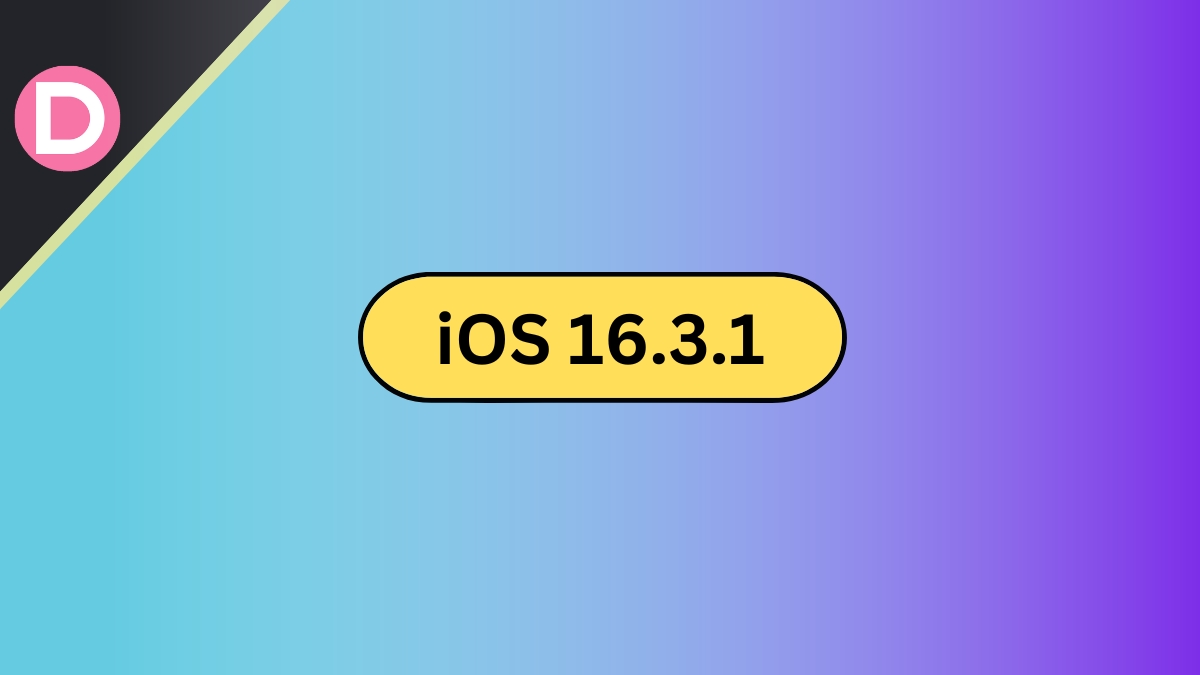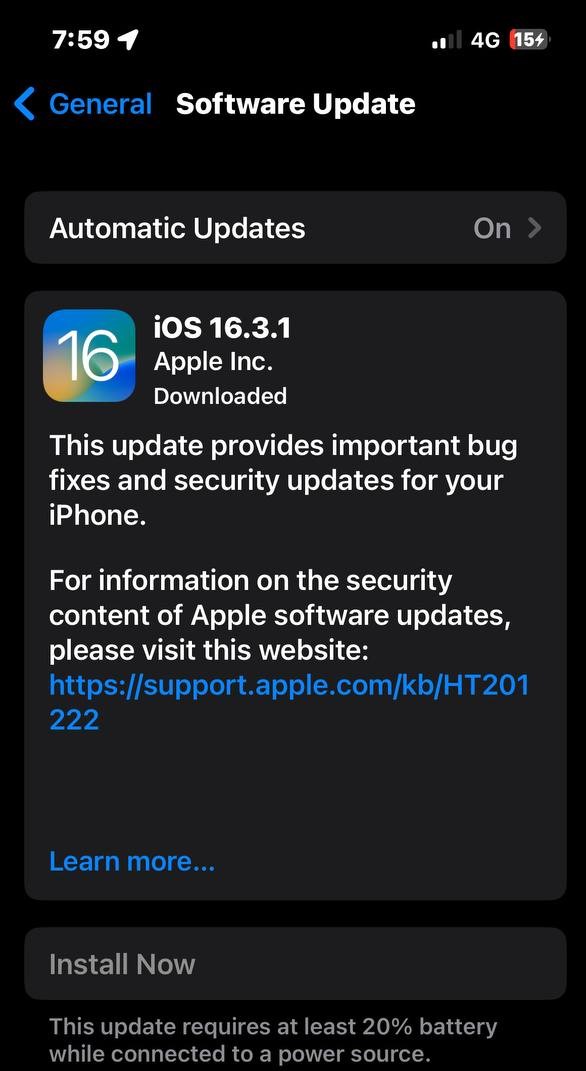Apple usually pushes out at least one monthly update for all iPhones that support the latest software. iOS 16.3 came out in late January, and there were many bugs.
Slow Spotlight Search, severe battery drain, problems with cellular data, etc., were common complaints. iOS 16.3 was much smaller than 16.2, but there were some new features. You could use physical keys for two-factor authentication starting from iOS 16.3.
The update solves problems with the Free Form app and also fixes Siri bugs. In December, we saw the iOS 16.2 update with Apple Music Sing, the Free Form app, end-to-end iCloud encryption, and more.
Apple no longer signs iOS 16.2 officially, so it’s impossible to downgrade to that version if you have major bugs.
iOS 16.3.1 Update is Now Available
The latest iOS 16.3.1 version is now out for public installation, and it’s a minor update that brings key security updates and bug fixes.
Crash detection was a headline feature of the new iPhone 14 models. However, it has been controversial and bug-ridden since its inception. Earlier, it kept sending unnecessary crash warnings. There were way too many false reports from the crash detection feature.
Skiers and people who do extreme sports are always involved in some heavy movement. The feature mistook these movements as crashes. Despite the lack of an actual medical emergency, medical professionals got there, which was a waste of their time.
Other people report the feature misbehaving on roller coasters, too. This update isn’t the first time Apple has made optimizations to crash detection. We saw it with iOS 16.1.2 and other launches, too. Hopefully, iOS 16.3.1 addresses a majority of the concerns over false reports.
The 16.3.1 update also addresses two other main security issues. They don’t just concern those in the cyber security area. Cybercriminals can easily exploit flaws, even for the public.
The first flaw involves Safari’s browser engine, WebKit. Cyber attackers can quickly execute code on your iPhone using this security flaw. There’s a chance that people have already exploited this, and Apple was aware of this problem before.
The second flaw is a problem with the Kernel, which has some connections with the core operating system. If attackers exploit this, they can execute haphazard code after gaining Kernel privileges and access to entire devices.
People of high-profile and business individuals are at a high risk of these security flaws, and we recommend updating as soon as possible. Currently, there aren’t any experience-breaking bugs to report.
Independent security researchers believe that this update is crucial for your device’s security, and there’s a chance that hackers may gain complete device access because of these WebKit and Kernel vulnerabilities.
Security updates aside, iOS 16.3.1 brings refinements to the iCloud settings display. There were bugs with the Find My app requests from Siri, which were also addressed.
The update wasn’t all rainbows since we saw a major app bug in the first few hours. The Google Photos app kept crashing and became unusable until Google optimized the app for the latest iOS version.
Thankfully, that problem got patched with a server-side update from Google in under 24 hours. Here’s a summary of the changelog of iOS 16.3.1:
- Fixes bugs with unresponsive iCloud settings.
- Addresses issues with Find My requests from Siri.
- Improvements to the crash detection feature on the iPhone 14 series.
- Adds two critical security patches relating to WebKit and Kernel exploits.
How to Update to iOS 16.3.1?
All iPhones, from the 8 to the most recent 14 Pro Max, support iOS 16.3.1. To update to iOS 16.3.1, head to Settings, select the General tab, and look for Software Updates. If nothing appears, try rebooting your device and repeating the instructions.
When you’ve completed downloading and installing the update, restart the phone. After restarting your device, you’ll see iOS 16.3.1 is ready to go.
There’s still no word on the iOS 16.4 developer beta, though we expect that to feature a lot more than 16.3 and 16.3.1. We’ll probably see web-based push notifications with the upcoming versions.
Apple Pay Later hasn’t made it to iOS, and the new CarPlay UI hasn’t either. We also expect to see iMessage Contact Key Verification in the future.
Meanwhile, we’re actively testing iOS 16.3.1, and we’ll let you know if there are any issues with cellular reception, battery drain, or other bugs.













